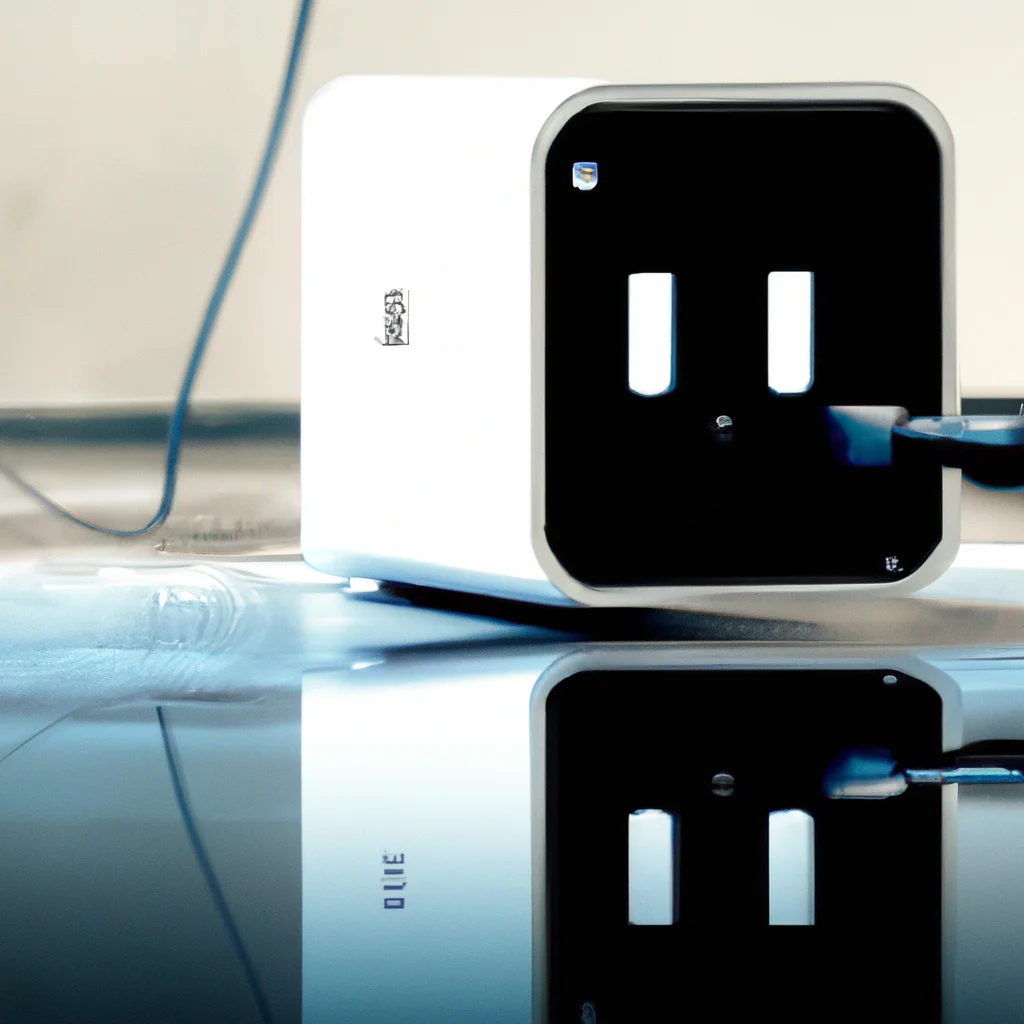How does a stereo system work?


How does a stereo system work?
A stereo system is an audio equipment that delivers high-quality sound for music lovers. It is designed to produce sound through two channels, left and right, which creates a stereo effect. The sound technology behind a stereo system is complex, but once understood, it becomes easier to appreciate the sound quality that it produces. In this article, we will discuss how a stereo system works, the components that make up a stereo system, and how to set up a stereo system in your home.
Components of a Stereo System
A stereo system comprises different components that work together to produce sound. These components include:
1. Source Component: This component is responsible for providing the audio signal to the stereo system. The source component could be a CD player, turntable, or digital audio player.
2. Pre-Amplifier: The pre-amplifier component adjusts the volume and tone of the audio signal before it goes to the amplifier.
3. Amplifier: The amplifier component boosts the audio signal from the pre-amplifier to a level that can drive the speakers.
4. Speakers: The speaker component converts the electrical signal from the amplifier into sound waves that we can hear.
How Does a Stereo System Work?
1. Source Component: The source component is the starting point of a stereo system. It could be a CD player, turntable, or digital audio player. The source component produces an electrical signal that is sent to the pre-amplifier.
2. Pre-Amplifier: The pre-amplifier component adjusts the volume and tone of the audio signal before it goes to the amplifier. It also selects the input source for the amplifier.
3. Amplifier: The amplifier component boosts the audio signal from the pre-amplifier to a level that can drive the speakers. The amplifier is responsible for amplifying the electrical signal to a level that can drive the speakers. The amplifier is also responsible for controlling the volume and tone of the sound.
4. Speakers: The speaker component converts the electrical signal from the amplifier into sound waves that we can hear. The speakers receive the amplified audio signal from the amplifier and convert it into sound waves that we can hear. The speakers are responsible for delivering the audio signal to our ears.
Setting up a Stereo System in Your Home
To set up a stereo system in your home, follow these steps:
1. Choose the Right Components: Start by choosing the right components for your stereo system. Consider your budget, the size of your room, and your listening preferences.
2. Connect the Source Component: Connect the source component to the pre-amplifier using RCA cables.
3. Connect the Pre-Amplifier to the Amplifier: Connect the pre-amplifier to the amplifier using RCA cables.
4. Connect the Speakers: Connect the speakers to the amplifier using speaker wire.
5. Power on the System: Power on the system and adjust the volume and tone to your liking.
Conclusion
In conclusion, a stereo system is an audio equipment that delivers high-quality sound through two channels, left and right. The different components of a stereo system work together to produce sound. The source component provides the audio signal, the pre-amplifier adjusts the volume and tone of the signal, the amplifier boosts the signal, and the speakers convert the electrical signal into sound waves. Setting up a stereo system in your home is easy, and it requires choosing the right components, connecting them, and powering on the system. With a properly set up stereo system, you can enjoy high-quality sound in your home.
Recent Posts
How do I create an engaging and informative online quiz or assessment?
Creating an engaging and informative online quiz or assessment can be a powerful tool for… Read More
What are the most effective methods for managing and reducing work-related stress in the hospitality industry?
Work-related stress is a common issue in the hospitality industry, where employees often face long… Read More
How can I improve my assertiveness and communication skills in a leadership position?
In a leadership position, assertiveness and effective communication skills are crucial for success. Being able… Read More
What are the key elements of a successful employee recognition and rewards program?
Employee recognition and rewards programs play a crucial role in motivating and engaging employees, as… Read More
How do I effectively manage and respond to customer feedback and reviews?
Customer feedback and online reviews play a crucial role in shaping a company's reputation and… Read More
What are the best strategies for effective time management as a stay-at-home parent?
Effective time management is crucial for stay-at-home parents who juggle multiple responsibilities on a daily… Read More